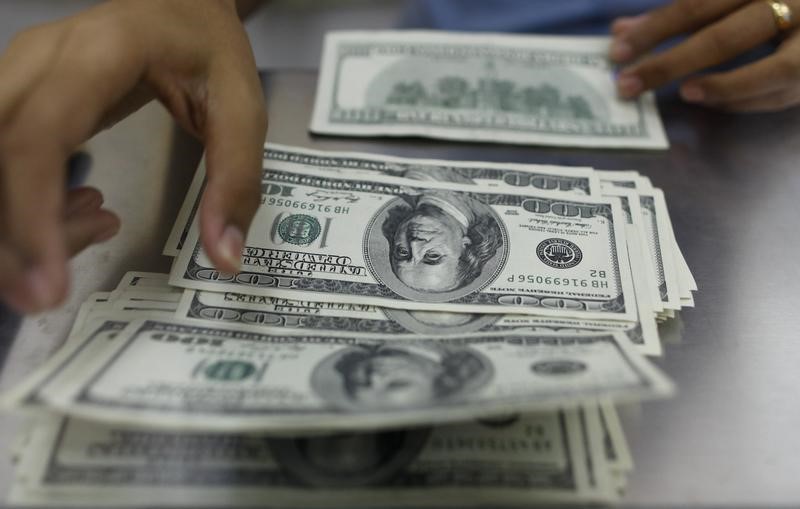The British pound gained ground against the US dollar on Friday, buoyed by stronger-than-anticipated UK Gross Domestic Product (GDP) figures and a softer dollar. The pair maintained its upward trajectory for the second day in a row, trading around 1.2230.
The UK’s GDP for the third quarter remained steady, defying market expectations of a slight contraction of 0.1%. Instead, the economy showed no change from the previous quarter, with year-on-year growth at 0.6%, which was also higher than the forecasted 0.5%. These positive developments came despite concerns over the UK’s economic outlook, as signs point towards a challenging period of stagflation, characterized by high inflation coupled with rising unemployment levels.
In contrast, sentiment in the US appeared more cautious following Federal Reserve Chair Jerome Powell’s remarks on Thursday. Powell expressed doubts about the effectiveness of current policies in achieving the central bank’s 2% inflation target, indicating a hawkish stance that suggests further interest rate hikes could be on the horizon.
Adding to the cautious mood, preliminary data released on Friday showed a decline in US consumer sentiment. The University of Michigan’s Consumer Sentiment Index dropped from 63.8 to 60.4 in November, reflecting increased consumer concerns.
Looking ahead to next week, significant economic data releases are expected to influence currency markets. Traders are particularly focused on upcoming UK employment and inflation reports due Tuesday, as well as the US Consumer Price Index (CPI), which will provide fresh insights into inflationary trends and potentially guide central bank policy decisions.
The past week saw volatility in the GBP/USD exchange rate amid mixed signals from central banks and economic data releases. The Bank of England hinted at possible interest rate hikes through hawkish comments, while concerns over the UK economy’s health led to a slight retreat in Sterling, closing the week at $1.2211.
In addition to domestic factors, global events also played a role in currency fluctuations. Early last week, China reported an unexpected narrowing of its trade surplus, triggering a flight to safety that initially bolstered the US dollar. However, subdued comments from the Federal Reserve and weaker-than-expected US employment figures later softened the dollar’s strength.
Market participants are now bracing for next week’s key economic indicators from both sides of the Atlantic. Inflation figures will be closely watched, with US annual core inflation expected to hold at 4.1%, potentially reinforcing bets on Federal Reserve rate hikes and supporting the dollar. On the other hand, a forecasted decrease in UK core inflation from 6.1% to 5.8% could lessen expectations for Bank of England rate increases and weigh on Sterling. The UK’s forthcoming employment data will also be scrutinized for its impact on currency volatility.
This article was generated with the support of AI and reviewed by an editor. For more information see our T&C.
Read the full article here
